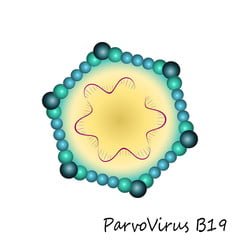What is Parvovirus?
Parvovirus is a highly contagious viral illness that affects both dogs and cats. In dogs, it’s known as Canine Parvovirus (CPV), and in cats, it’s called Feline Panleukopenia Virus (FPV), also known as Feline Infectious Enteritis (FIE) or Feline Distemper. This virus is incredibly hardy and can survive in the environment for many months, even years.





